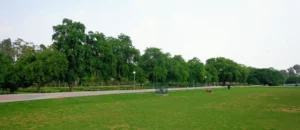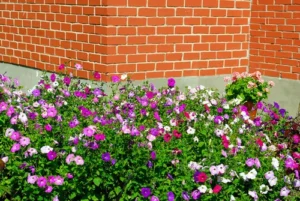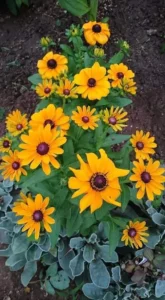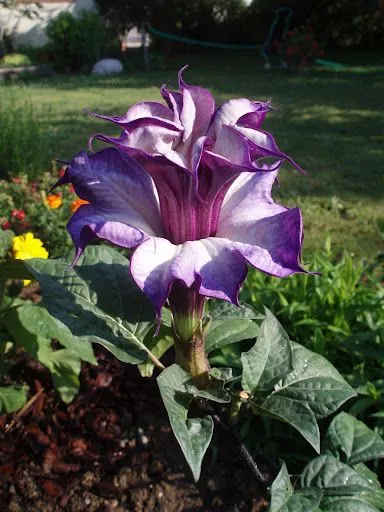Cottage gardens embody nostalgia, and practicality
Cottage gardens embody
Cottage gardens embody a charming blend of beauty, nostalgia, and practicality that has captivated gardeners for centuries. These gardens, with their informal, whimsical designs and vibrant plantings, represent a way of life that values simplicity, self-sufficiency, and a deep connection with nature. The history of cottage gardens is as rich and varied as the flowers and plants that fill them, and their appeal lies in their ability to evoke a sense of timelessness and tranquility.
The starting points of the cabin nursery can be followed back to the provincial houses of archaic Europe. In these early gardens, the emphasis was on usefulness as opposed to feel. Gardens were intended to give food, medication, and materials to the family. Vegetables, spices, and natural products were developed close by blossoms, which were many times picked for their therapeutic properties or their capacity to repulse bugs. These early bungalow gardens were unassuming, commonsense spaces that served fundamental necessities, at this point they laid the preparation for the more improving and various nurseries we see today.
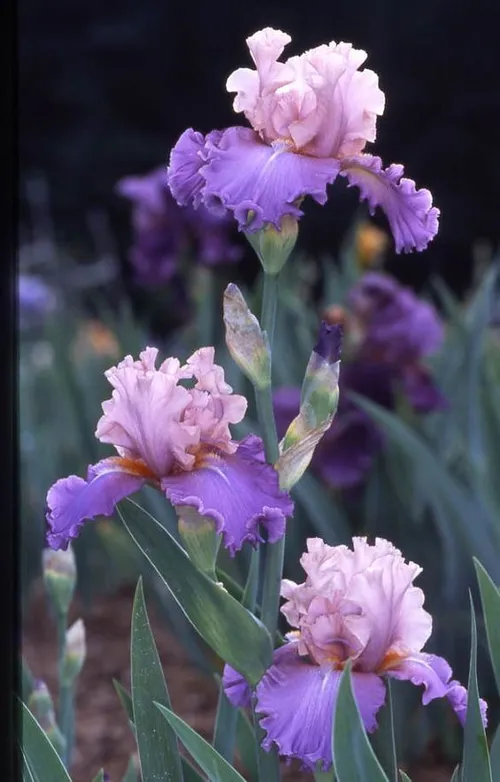
bungalow garden advance
As the hundreds of years passed, the idea of the bungalow garden advanced. By the seventeenth and eighteenth hundreds of years, the bungalow garden started to assume a more fancy personality, impacted by the rising interest in garden plans among the English upper class. During this period, gardens became spots of delight and reflection however much they were viable spaces. The presentation of intriguing plants and new cultivating strategies added a layer of complexity to the customary bungalow garden, mixing excellence with utility.
The nineteenth century saw the level of the house nursery’s fame, especially in Britain. This period was set apart by the ascent of the pleasant nursery style, which underscored a characteristic, casual way to deal with the plan. The house nursery of this period was described by its rich, spilling-over plantings, where blossoms, vegetables, and spices filled together in an apparently heedless yet cautiously organized game plan. The impact of remarkable landscapers like Gertrude Jekyll assisted shape the stylish of the bungalow with planting, advancing a dream of nurseries that were both wonderful and useful.
One of the signs of a bungalow garden is its varied blend of plants. Not at all like conventional nurseries, which frequently stick to severe balance and plan standards, the house garden embraces a more loose, casual methodology. A regular cabin nursery could include a different exhibit of plants, from dated roses and lavender to energetic delphiniums and merry daisies. The mix of blossoming plants, spices, and vegetables makes a rich embroidery of variety and surface that is both outwardly engaging and reasonable. This variety mirrors the nursery’s starting points as a space for both magnificence and utility.
A vital component of the cabin garden is its emphasis on creating a feeling of overflow and solace. Gardens are frequently intended to feel comfortable and welcoming, with winding ways, arbors, and seating regions that urge guests to wait and partake in the environmental elements. This feeling of closeness is accomplished through cautious planting and the utilization of nursery designs like lattices, pergolas, and nursery sheds. These components help to characterize spaces inside the nursery, making a progression of rooms or zones that welcome investigation and disclosure.
bungalow garden foundations
The plan of a bungalow garden is intrinsically private and adaptable. There are no severe principles or recipes for making an effective house garden, which permits grounds-keepers to communicate their independence and innovativeness. A few nursery workers might decide to zero in on a specific variety plan or subject, while others could allow the plants to direct the plan. This opportunity of articulation is important for what makes cabin plants so engaging; they mirror the character and tastes of the nursery worker, instead of sticking to an unbending arrangement of plan standards.
The authentic foundations of the house garden are likewise reflected in its getting through advance. For some individuals, the house garden addresses an association with a less complex, more country lifestyle. The ubiquity of bungalow gardens in the nineteenth century matched with a developing interest in the provincial past and a craving to get away from the industrialization and urbanization of current life. Today, the bungalow garden keeps on offering a retreat from the high speed of contemporary residing, giving a space where one can unwind and reconnect with nature.
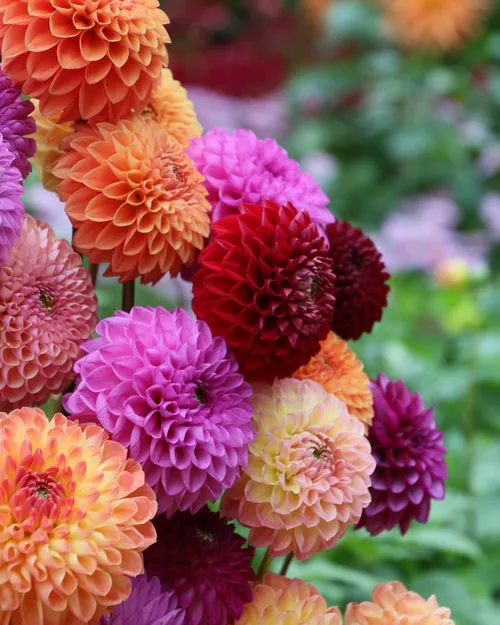
The plant determination in a bungalow garden frequently incorporates a blend of perennials and annuals, picked for their capacity to give constant tone and interest all through the developing season. Perennials like peonies, hostas, and daylilies give a steady, persevering presence in the nursery, while annuals like marigolds, zinnias, and universe offer lively explosions of variety that can be changed from one year to another. Spices like rosemary, thyme, and mint are normal in cabin gardens, both for their culinary purposes and for their alluring foliage and blossoms.
Notwithstanding plants, garden frills play a critical part in appealing to a bungalow garden. Antiquated digging tools, provincial furnishings, and high-quality enrichments all add to the nursery’s allure. Things like classic watering jars, created iron entryways, and endured wooden seats bring out a feeling of history and wistfulness, improving the nursery’s comfortable, inviting air.
Making a cabin garden includes something other than establishing blossoms and vegetables; it likewise requires a pledge to continuous support and care. Customary undertakings incorporate pruning, weeding, and deadheading to keep plants solid and put their best self forward. Moreover, landscapers should oversee nuisances and sicknesses, which can at times be a test in the different and thickly established climate of a bungalow garden. Notwithstanding these requests, the prizes of a very much-tended house garden are significant, offering a wonderful and practical space for pleasure and unwinding.
Current understandings of the bungalow garden keep on developing, reflecting contemporary patterns and advancements in planting. While conventional house cultivates frequently depend on legacy plants and memorable plan standards, the present landscapers approach a more extensive scope of plants, materials, and procedures. This has prompted the improvement of recent trends and approaches that expand on the exemplary bungalow garden while consolidating present-day thoughts and arrangements.
One present-day pattern in house cultivating is the utilization of local plants. Local plants are very much adjusted to nearby circumstances and can uphold neighborhood natural life, pursuing them a reasonable decision for landscapers who need to make a harmless to the ecosystem garden. Integrating local plants into a cabin nursery can upgrade its excellence while likewise adding to the strength of the neighborhood biological system.
One more contemporary improvement is the incorporation of innovation into planting rehearses. Devices and contraptions like brilliant water system frameworks, plant sensors, and nursery plan applications have made it more straightforward for grounds-keepers to deal with their plants and plan their nurseries. While these advancements might appear to be in conflict with the rural appeal of the conventional cabin garden, they can be utilized in manners that help and improve the nursery’s regular excellence.
The standards of the bungalow garden have likewise been adjusted for metropolitan conditions. Metropolitan grounds-keepers are tracking down imaginative ways of bringing the appeal of the cabin garden into little spaces, utilizing compartments, vertical nurseries, and roof nurseries to make green desert springs amidst the city. These metropolitan bungalow plants frequently center around boosting space and making a feeling of serenity in the midst of the clamor of metropolitan life.
Local area gardens are one more illustration of how the soul of the bungalow garden is being conveyed forward in the advanced time. These common spaces offer open doors for individuals to meet up and deal with cultivating projects, encouraging a feeling of local area and association. Local area plants frequently highlight a blend of blossoms, vegetables, and spices, mirroring the different interests and abilities of the members.
Planning ahead, the bungalow nursery will probably keep on rousing landscapers with its mix of excellence, usefulness, and individual articulation. As nursery workers look for better approaches to interface with nature and make significant open air spaces, the standards of the cabin nursery will stay pertinent and versatile. Whether through conventional practices or current developments, the bungalow garden offers an immortal model for making gardens that are both lovely and valuable.
The allure of the cabin garden lies in its capacity to catch a feeling of the past while embracing the potential outcomes representing things to come. Its set of experiences is a demonstration of the getting through benefit of cultivating for the purpose of interfacing with nature, communicating imagination, and tracking down delight in the basic joys of life. From its starting points as a functional space for developing food and spices to its ongoing job as a wellspring of motivation and comfort, the cabin garden keeps on being a valued and compelling part of cultivating society.
bungalow garden is something beyond
As we look forward, the eventual fate of the cabin nursery will be molded by both a regard for custom and a readiness to investigate groundbreaking thoughts. Nursery workers will keep on tracking down better approaches to decipher the exemplary standards of the house garden, mixing old and new ways to deal with make plants that mirror their very own vision and answer the difficulties of an influencing world.
All in all, the bungalow garden is something beyond a way of cultivating; it is an impression of our relationship with nature, our longing for magnificence, and our appreciation for the basic delights of life. Its set of experiences is a rich embroidery of social impacts, from middle age reasonableness to Victorian sentimentalism, and its cutting edge signs proceed to develop and move. The cabin garden offers an interesting and getting through model for making outside spaces that are both practical and lovely, giving a wellspring of delight and comfort for landscapers and guests the same.
Whether you are a carefully prepared nursery worker or a fledgling hoping to make your own little cut of heaven, the bungalow garden gives an abundance of suggestions and motivation. Embrace the appeal of its casual plan, investigate the potential outcomes of its assorted plantings, and let the ageless allure of the cabin garden improve your cultivating experience. Through its excellence, its set of experiences, and its true capacity for individual articulation, the cabin garden stays a cherished and getting through part of the cultivating scene.
As you set out on your own excursion into the universe of cabin cultivating, recall that the embodiment of the house garden lies not in unbending principles or formal plans, but rather in the delight of making a space that mirrors your own vision and interfaces you with the regular world. Allow your nursery to be a position of magnificence, a safe-haven for unwinding, and a demonstration of the immortal allure of the house garden custom.
